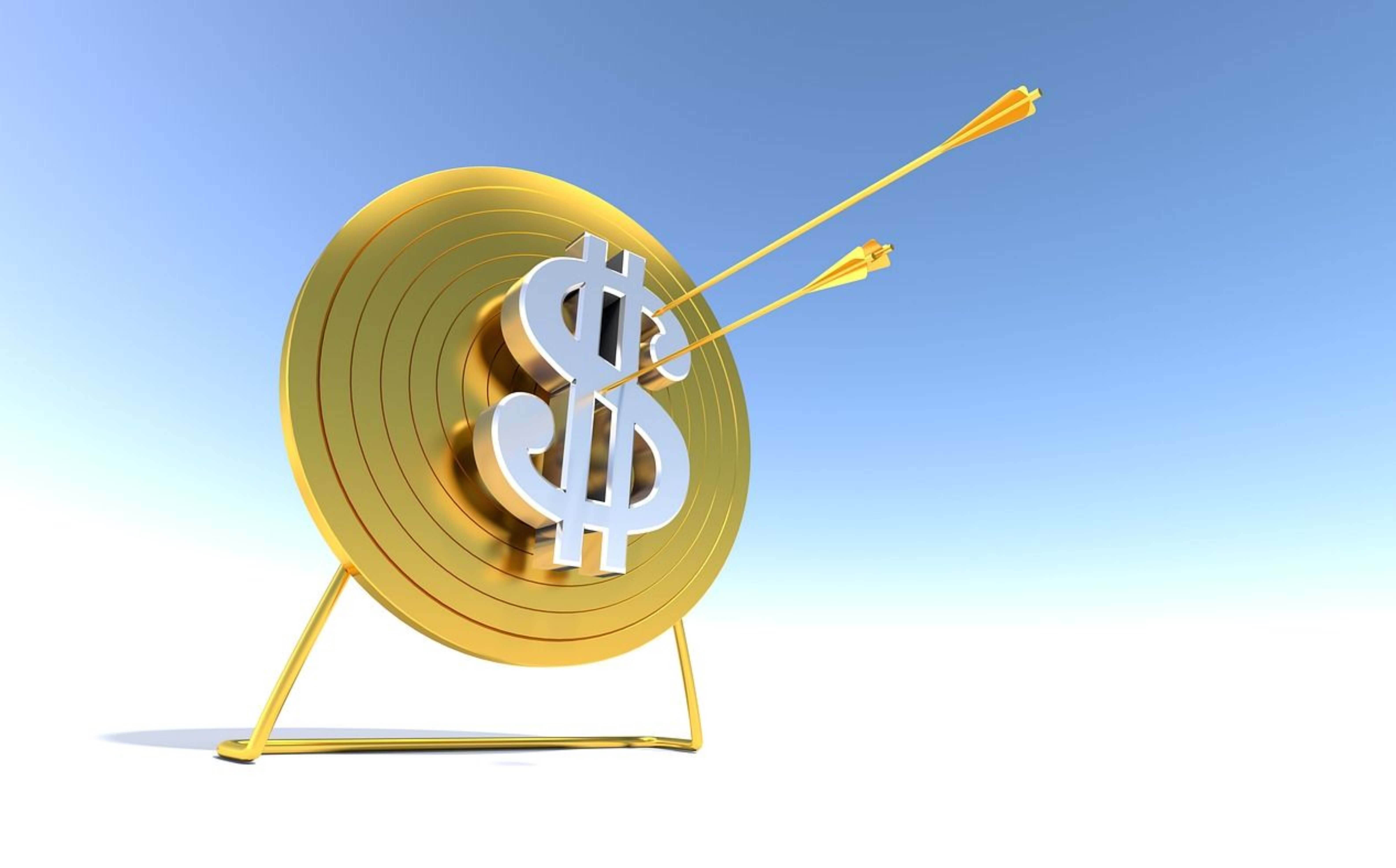
Eurozone Under the Lens: Economic Tremors and Strategies
From the retreat of the euro, the German GDP revisions, to the pivotal ECB decisions – understanding the Eurozone's financial tremors and the potential aftershocks | That's TradingNEWS
Euro's Economic Landscape: A Deep Dive
Eurozone's Growth Concerns Deepen
The Eurozone's economic stability has come under scrutiny once again. Recent data reveals that the euro is retreating, primarily due to dovish comments from the Federal Reserve and the GDP shortfall within the Eurozone. These economic tremors were further intensified when Citi Bank slashed its growth predictions to 0.4% from the earlier 0.8%. The German DIW Institute added fuel to this bearish perspective, revising German GDP estimates from -0.2% to a more concerning -0.4%. As Germany stands as the Eurozone's linchpin, this pessimism casts shadows over the European Central Bank (ECB) and its interest rate strategies, especially in the backdrop of looming stagflation and recessionary anxieties.
Money Market Dilemma
Money markets appear torn about their predictions for the ECB's impending announcement, balancing between a potential rate hike or a pause. Despite the inclination leaning towards a rate pause, deteriorating economic indicators suggest that the ECB might be running out of time to increase rates.
EUR/USD Technical Outlook
The EUR/USD seems to be teetering at a critical juncture around the 1.0700 mark. Historical data reveals that this point has previously been a resistance stronghold for bullish tendencies, especially in May and June of the current year. If the ECB decides on a rate hike, it could trigger a bullish response, propelling the currency pair towards newer resistance levels. Conversely, if the ECB halts on rate hikes, bearish tendencies might gain the upper hand, pushing the currency pair downwards. It's essential to remember that the forthcoming US CPI announcement, preceding the ECB's decision, might introduce short-term market volatility.
Resistance Levels:
- 1.0800
- 1.0767
- Wedge resistance
Support Levels:
- 1.0700
- 1.0635
Recent Economic Data's Implications
The Eurozone's recent data paints a grim picture. While employment changes remained stable at 0.2% for the second quarter, the GDP was adjusted downwards from 0.3% to a mere 0.1%. Industrial Production in Germany took a further blow, declining by 0.8% in July, surpassing the expected 0.5% drop. Upcoming German CPI data may shed more light on the Eurozone's economic health. The disparity between the Eurozone's stagnation and the US's resilient economy is widening, which is a substantial pressure point for the EUR/USD pair.
In the US, Initial Jobless Claims demonstrated an encouraging drop to 216K, outperforming the market expectation of 234K. US Treasury yields showed an initial spike post the announcement, bolstering the US dollar. However, these gains were quickly reversed.
HSBC's Currency Forecast
HSBC's latest currency outlook predicts a diminishing trajectory for both the Euro (EUR) and Pound Sterling (GBP) against the US Dollar (USD). This outlook is shaped by shrinking yield differences and a negative shift in external sentiment. HSBC's Paul Mackel envisions the Euro dipping to 1.02 by mid-2024, with the GBP/USD pair potentially declining to 1.18.
Consumer confidence and Purchasing Managers' Index (PMI) metrics, which previously showcased recovery, seem to be losing steam. Mackel believes that weakening consumer sentiment will be a significant determinant of the FX performance in the region. There's a discernible slowdown in the gains from these indicators, making it challenging to visualize any substantial cyclical uplift for these currencies.
Three factors that previously propped up consumer sentiment are showing signs of exhaustion:
- The significant drop in wholesale energy prices is losing steam.
- Tight labour markets, especially in the UK, are showing signs of relaxation.
- Increased interest rates' aftereffects, particularly on the housing sector, are becoming evident.
ECB and Future Rate Decisions
BofA Global Research foresees the European Central Bank (ECB) elevating all three policy rates by 25 basis points in its upcoming meeting on September 14th. The decision, they believe, will be driven by a weaker growth outlook and an absence of tangible evidence pointing towards a peak in core inflation. Should the ECB decide not to hike rates in September, BofA Global Research believes that July might witness the cycle's final hike.
ECB's Anticipated Rate Adjustments
BofA Global Research has cast its gaze upon the financial maneuvers of the European Central Bank (ECB), suggesting a potential upwards shift in the central bank's three policy rates by 25 basis points in the imminent September 14th meeting. The impetus for such a decision appears to be hinged on two primary indicators: a dimming growth forecast and a conspicuous absence of concrete signals suggesting a zenith in core inflation.
Factors Influencing the Decision
A sluggish growth trajectory for the European economy, in conjunction with ambiguous inflation markers, has seemingly sown the seeds of caution among ECB policymakers. In economic terms, core inflation is a pivotal metric that gauges the underlying price movements by excluding volatile components like food and energy prices. An inability to discern a clear peak in this core inflation metric implies that there might still be underlying pressures affecting consumer prices in the region.
Further, the global economy has been navigating turbulent waters for some time now, with trade tensions, supply chain disruptions, and the aftermath of the pandemic weighing heavily on regional growth. Europe, as a consequential player in this intricate web, has not remained unscathed. The weakening growth outlook in Europe resonates with the challenges faced by major economies worldwide.
Alternative Rate Hike Timeline
Should the ECB choose to refrain from implementing rate hikes in the upcoming September meeting, BofA Global Research postulates an alternative timeline. They suggest that we might have to wait until July for the culmination of this rate hike cycle. This potential delay could be a strategy by the ECB to buy more time, gather additional data, and discern clearer economic trends before making significant policy shifts. Such a delay would also offer the bank an opportunity to assess the efficacy of their earlier policies and ensure that their decisions resonate with the evolving economic landscape.
Implications for European Economy
Rate hikes generally serve a dual purpose: to curb inflation and to signal confidence in the economy's stability. An uptick in rates, especially one proposed by a significant entity like the ECB, can reverberate throughout the European economy. Borrowing costs for consumers and businesses might see a slight uptick, which could affect spending and investment decisions.
Conversely, a delay in rate hikes could imply a more cautious stance by the ECB. Such a move could be perceived by investors and the broader market as a sign that the bank believes the economy needs more time to recover and stabilize. In either scenario, the ECB's decision will be closely watched by investors, economists, and policymakers alike, given its potential to shape the economic trajectory of the region.
That's TradingNEWS
Read More
-
AMD Stock Price Forecast - AMD at $223: AI GPU Ramp, CES 2026 Catalysts and the Next Move for NASDAQ:AMD
03.01.2026 · TradingNEWS ArchiveStocks
-
XRP Price Forecast - XRP-USD Near $2 as Whales Add $3.6B and ETF Inflows Top $1.18B
03.01.2026 · TradingNEWS ArchiveCrypto
-
Oil Price Forecast: Oil Near $60 Weigh Venezuela Shock Against 3.8M bpd Glut
03.01.2026 · TradingNEWS ArchiveCommodities
-
Stock Market Today - Wall Street Opens 2026; Dow 48,382, S&P 6,858 on Chip Rally, Gold Boom and Bitcoin $90K
03.01.2026 · TradingNEWS ArchiveMarkets
-
GBP/USD Price Forecast - Pound Tests 1.35 as BoE Caution Meets Soft US Dollar
03.01.2026 · TradingNEWS ArchiveForex


















